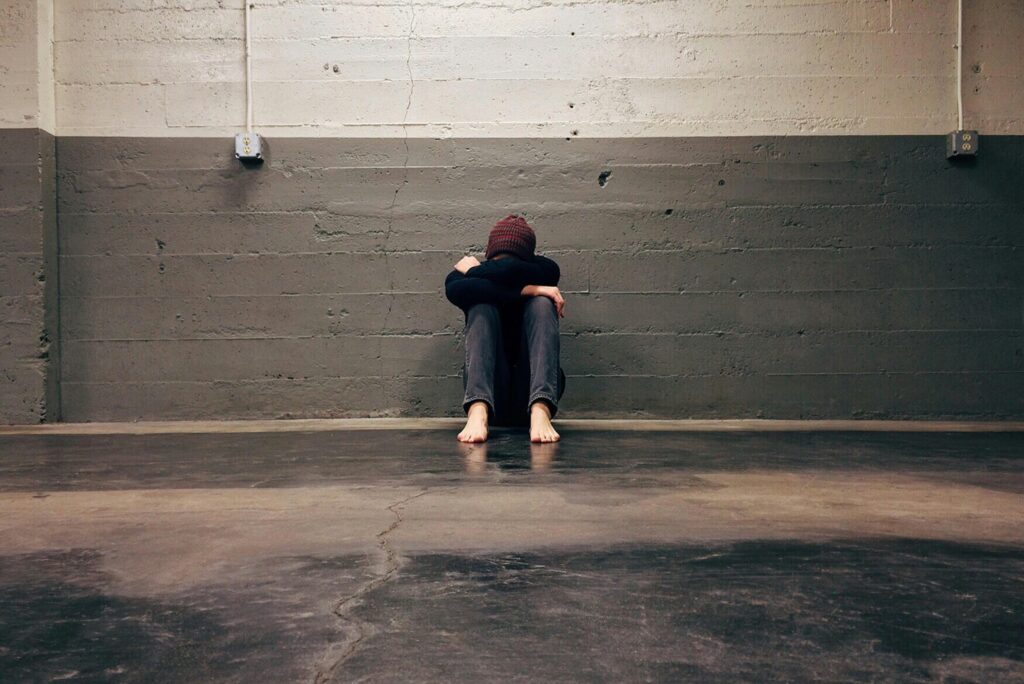This is the second installment in our three-part series on suffering. In Part 1, we explored the difference between pain and suffering, understanding that while pain is an inevitable part of life, suffering is shaped by how we engage with that pain. Now, in Part 2, we will examine the different forms of suffering—how it manifests in our lives, whether it is temporary or long-lasting, external or internal, physical, psychological, or relational.
Suffering is not a one-size-fits-all experience. Some forms hit like a sudden storm, while others settle in, becoming part of the landscape of our daily lives. Some arise from circumstances beyond our control, while others are generated within our own minds. By recognizing the nature of our suffering, we gain a clearer understanding of how to engage with it—when to endure, when to challenge, and when to let go.
When Suffering Hits Hard vs. When It Lingers
Some suffering is momentary, hitting hard and then fading with time, while other suffering persists, weaving itself into daily life. Acute suffering is intense but temporary. It arrives without warning, grief after loss, the sting of heartbreak, the frustration of failure. It demands our full presence, upending the rhythm of daily life, yet it does not leave us unchanged. Imprinting itself on our priorities, reshapes our perceptions, and challenges our sense of self. In its wake, it often reveals new insights, shifts our perspective, or opens the door to reinvention.
Chronic suffering is different. It does not crash into our lives and then fade. On the contrary, it settles in, shaping not just experiences but the very framework of who we are. It lingers, embedding itself in thought patterns, emotional responses, and even the body. Whether rooted in prolonged illness, unresolved trauma, or persistent emotional distress like anxiety or loneliness, chronic suffering does not demand immediate attention the way acute suffering does. Instead, it wears us down over time, eroding resilience, distorting self-perception, and subtly altering the way we engage with the world. While acute suffering often forces a reckoning and a response, chronic suffering is insidious, requiring sustained effort to understand, process, and heal. Left unchecked, it can become a defining lens through which all experiences are filtered.
What We Endure vs. What We Carry
Suffering is not just an experience, it is a psychological process. It is not solely defined by what happens to us, but by how we interpret, internalize, and respond to pain. While pain itself may be physical, suffering is shaped by the meaning we assign to it, the thoughts we attach to it, and the emotions that follow. This is why two people can endure the same hardship yet experience vastly different levels of suffering.
Not all suffering comes from the outside world. Some of the most intense suffering comes from within, created by our own minds, shaped by our narratives, interpretations, and fears. While external suffering is often unavoidable, internal suffering is shaped, prolonged, or even magnified by the way we engage with it. Understanding the difference between suffering that happens to us and suffering that arises within us allows us to recognize what we can and cannot control.
Externally imposed suffering comes from circumstances beyond our control. It may stem from systemic injustice, social rejection, loss, or physical harm. It is the suffering we experience because of what happens to us—events and forces that disrupt our lives, often without warning or fairness. A sudden job loss, a betrayal by someone we trust, or living within an oppressive system are all sources of externally imposed suffering. These experiences bring real pain, reshaping how we see ourselves and our place in the world. However, while external suffering is triggered by outside events, its impact is ultimately processed within.
Internally generated suffering, by contrast, arises from within. It is the suffering we create through our own thoughts—self-criticism, guilt, rumination, or the inability to let go of unprocessed emotions. Sometimes, the initial pain is external, but the suffering lingers because of how we hold onto it, replay it in our minds, or assign meaning to it. A person who experiences failure, for example, may internalize it as evidence of their worthlessness, turning a single setback into ongoing self-doubt. Likewise, someone who has been hurt by another person may continue to suffer long after the event has passed, reliving the pain through resentment or unresolved emotions.
No matter where suffering begins, its true weight is determined by how we process it internally. What we do with it, whether we resist it, dwell in it, or reframe it, determines its long-term impact. External suffering may be unavoidable, but internally generated suffering is often where we have the most agency. By recognizing the patterns that keep us trapped in suffering, we gain the ability to reshape our relationship with it. While we cannot always change what happens to us, we can learn to change how we carry it.
Pain in All Forms: The Physical, Mental, and Relational Toll
What does suffering feel like? Sometimes, it is sharp and immediate—a searing pain that demands attention. Other times, it lingers in the background, a quiet ache woven into daily life. It can be felt deep in the body, heavy in the mind, or in the silent space between people. No matter how it manifests, suffering leaves its mark, shaping how we experience ourselves and the world around us.
Physical suffering is the most tangible. It is the body’s distress signal. The burn of an injury, the exhaustion of chronic illness, the relentless ache of pain that never fully subsides. Some physical suffering arrives suddenly, like a broken bone or a high fever, while other forms stretch across years, forcing a person to adapt to new limitations. When the body is in pain, it can overshadow everything else, altering mood, disrupting focus, and making even the simplest tasks feel insurmountable.
Psychological suffering is often less visible but no less real. It takes the form of anxiety, depression, shame, or existential distress—emotions that weigh heavily, influencing perception and behavior in profound ways. Unlike physical suffering, which tends to command attention, psychological suffering can be ignored, dismissed, or hidden—even from oneself. But repression does not erase suffering; it only delays its reckoning. Left unaddressed, psychological suffering can seep into every aspect of life, distorting relationships, draining motivation, and altering the way a person sees themselves and the world.
Interpersonal suffering stems from relationships, conflict, rejection, betrayal, or profound loneliness. Humans are wired for connection, and when that connection is severed, suffering follows. The loss of a relationship, the breakdown of trust, or the feeling of not being seen or valued can be just as painful as any physical wound. In fact, studies have shown that social rejection activates the same neural pathways as physical pain, underscoring just how deeply relational suffering is felt.
Conclusion & What’s Next
Understanding the different forms of suffering helps us recognize not only how pain manifests but how it shapes us. Some suffering pushes us forward, forcing us to grow in ways we never expected, while other suffering lingers, weighing us down with self-doubt and fear. Recognizing what kind of suffering we are experiencing is more than an intellectual exercise, it is a call to action. It challenges us to ask: Am I learning from this pain, or am I merely reliving it? Am I allowing this suffering to deepen my understanding, or am I using it to justify my stagnation? These are not easy questions, but they are necessary ones.
Suffering will always be a part of life, but how we engage with it determines whether it becomes a source of strength or a cycle of despair. Some pain refines us, making us more resilient, more compassionate, more attuned to what truly matters. Other pain chains us to the past, keeping us locked in narratives that no longer serve us. The choice is not whether we suffer, it is whether we allow that suffering to shape us into someone stronger or hold us in place.
In the final part of this series, we’ll focus on how to navigate suffering—when to endure it, when to release it, and how to change our relationship with pain. Stay tuned for Part 3: Transforming Suffering: When to Endure and When to Let Go.
References
Eisenberger, N. I., Lieberman, M. D., & Williams, K. D. (2003). Does rejection hurt? An fMRI study of social exclusion. Science, 302(5643), 290-292. https://doi.org/10.1126/science.1089134
Frankl, V. E. (1985). Man’s search for meaning. Simon & Schuster.



1 thought on “Part 2: Why Do We Suffer? The Forms of Suffering & How It Shapes Our Lives”
Pingback: Part 3: Why Do We Suffer? Transforming Suffering: When to Endure and When to Let Go | Dyerpsy